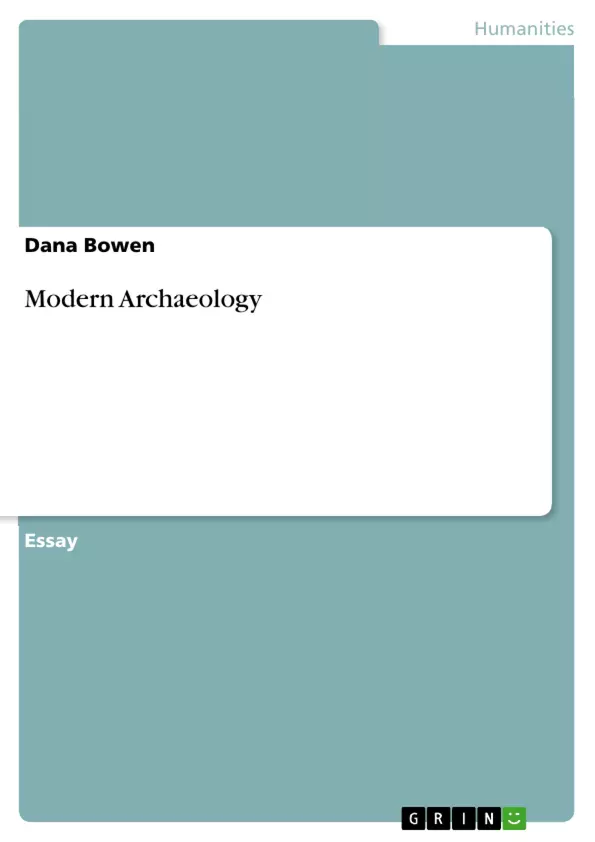This paper presents a short look at modern archaeology techniques being used to uncover mysteries of Egyptology.
Inhaltsverzeichnis (Table of Contents)
- Modern Archeology
- High Tech Meets Ancient Egypt
- A Powerful New Set of Tools
- The Man
- Modern Science and Tutankhamun
- DNA, Modern Science and Ancient Egypt
- Network Science and the Udjat Eyes
Zielsetzung und Themenschwerpunkte (Objectives and Key Themes)
This text explores the changing landscape of archaeology, particularly focusing on the advancements in technology and their applications in Egyptology. The author highlights the role of modern science in understanding ancient mysteries and sheds light on how technology is revolutionizing our understanding of the past.- The impact of modern science on archaeological research and understanding.
- The use of advanced techniques like CT scans and DNA analysis in Egyptology.
- The contributions of Dr. Zahi Hawass and his groundbreaking work in the field.
- The examination of ancient Egyptian artifacts and their connection to modern scientific discoveries.
- The emerging field of network science and its application in unraveling historical mysteries.
Zusammenfassung der Kapitel (Chapter Summaries)
The text begins by outlining the evolution of archaeology and the role of modern science in enhancing our understanding of ancient civilizations. It then delves into the world of Egyptology, highlighting the contributions of Dr. Zahi Hawass and his use of modern techniques, such as CT scans, to study the remains of Tutankhamun. The text further discusses the groundbreaking use of DNA analysis in tracing Tutankhamun's lineage and uncovering new information about his family. Finally, the text introduces network science as a tool for analyzing ancient artifacts and discusses its potential to reveal new insights about the Udjat eyes, a symbolic motif found on many Egyptian sarcophagi.Schlüsselwörter (Keywords)
This text focuses on the intersection of archaeology, technology, and ancient Egyptian civilization. Key themes include the use of modern science, particularly CT scans and DNA analysis, in unraveling ancient mysteries and understanding the lives and deaths of individuals like Tutankhamun. The text also explores the role of network science in deciphering the significance of ancient symbols like the Udjat eyes.
Excerpt out of 7 pages
- scroll top
- Quote paper
- Dana Bowen (Author), 2013, Modern Archaeology, Munich, GRIN Verlag, https://www.grin.com/document/284437
Look inside the ebook



